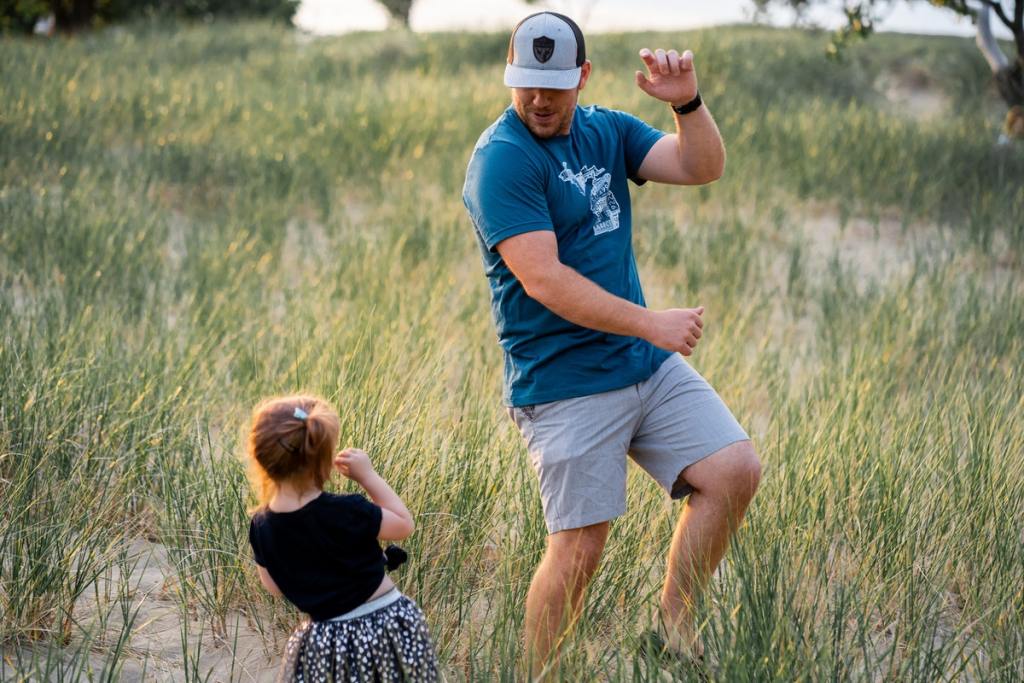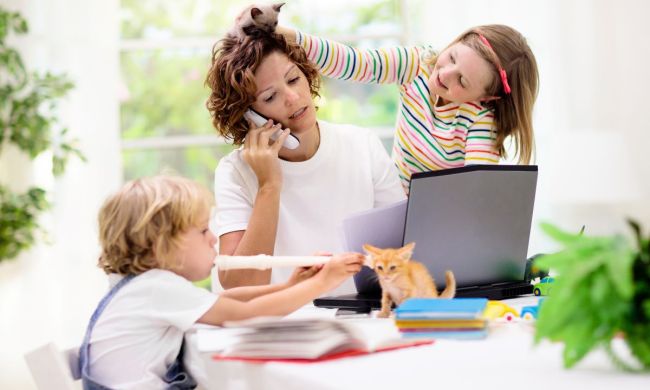Toddlers have tons of energy. That trait makes them the fun-loving, adventure-seeking, little individuals we all know and love. At the same time, figuring out how to entertain toddlers can sometimes be a great challenge. After all, they want to climb, jump, and explore their entire surroundings. If you look for toddler activities that will involve not just keeping them busy, but also helping them to grow, learn, and have fun, you are in the right place. We have come up with 6 toddler activities to keep your little one entertained.
How to entertain toddlers
Prepare a snack or simple meal together
What toddler doesn’t love “helping” in the kitchen? You might not be surprised if your little chef-to-be gets curious about your food preparation. Therefore, if you have some simple and quick meals to make, you might be able to include your child in on the fun. Instead of figuring out what to do with your toddler while you are busy making a snack or cleaning up, you can bring him or her to the kitchen with you. By allowing toddlers to enjoy the culinary collaboration, you’re not only providing a fun, bonding activity but also helping them to develop new skills.
For instance, you can pull up a kid-friendly stool and show them how to roll cookie dough, or count the “ants” (raisins) on the “log” (celery). You might also be surprised how much toddlers like to use a whisk to stir suds in the sink. Ultimately, the kitchen offers a wealth of toddler activities.

Turn on the music
Music is magical. On the one hand, soft music helps even the most active toddlers to wind down at bedtime. The other side to that is that you can find some kid-friendly, upbeat tunes for a mini-dance party. This is a sure way to get your little one to burn off some extra energy.
But don’t stop there. Let your tot’s imagination flow by bringing out the pots and pans, as well as any wooden or sturdy plastic spoons. From there, you can turn your living room into the perfect stage. This is a great opportunity for them to become familiar with how music is created.
If the concert gets to be too loud, another fun way to incorporate music movement is by playing a game like “Freeze Dance” or “Musical Chairs.” The popular games are simple enough for this age group and fun for the whole family.
Play hide-and-go-seek
Another classic, favorite game, hide-and-go-seek, can be played indoors and out. One word of caution is to be mindful of hiding places to ensure your toddler’s safety. Usually, the safest bet is to stay in the same room or stick to one area of the backyard. Another spin on this game is to have your toddler hide his or her favorite stuffed animal for you to find. Also, you might consider just counting to five rather than ten. Nonetheless, for the active toddler with much energy to spare, this game offers a lot of fun with the problem-solving aspect that’ll keep any child engaged.
Jump around
Toddlers also love to spin, bounce, and jump. These toddler activities often include the furniture as well. From beds to couches, and chairs to pillows, everything works. Likewise, if you want to create a safe environment that will also consume some of the extra energy, go for a small trampoline that can be used inside or out in the yard. This will not only allow you to have more control over the safety factor, but it will also give them just enough space to jump as high as possible—within reason.
Other bouncy toddler activities that require some direction include:
- Hopscotch
- Leapfrog
- Simon Says (especially if you include jumping and hopping)
Ignite their creativity
In addition to active play, toddlers who possess a ton of energy can eventually learn to harness it into hands-on activities that involve their imagination. Arts and crafts prove to be just as exciting. So why not allow your child to experiment and express their creativity? They can fashion animals out of modeling clay. They can craft their own skyscrapers out of blocks. You can also provide other age-appropriate art tools and materials—from cotton swabs to small rocks, brushes, and even finger paints. Don’t forget the paint shirt.
Encourage their sense of innovation
Along the same lines as creativity, if you have an older toddler, they can also learn to problem-solve, experiment, and invent. Better yet, you don’t need special materials for the building or engineering process to take place. In fact, some shoe or tissue boxes, paper towel rolls, craft glue, scrap wood, and popsicle sticks can prompt your little inventors to start creating. Ask them to create a house, a whole city, a type of transportation, or anything in between that stirs their imagination. With some help and inspiration, your mini designer might come up with the next great invention.
At last, you won’t have to wonder how to entertain toddlers who have extra energy to spare. Plus, you can take any of these activities and tailor them to your child’s age and ability. The best part about this phase in your child’s life involves memorable moments where they learn through play and exploration. So feel free to join in the fun and encourage your child to focus their energy in an amusing and positive direction.






